“Woy! Ou gen kisa? Ou gen yon ti mennaj? Kote fout matinèz la? M ap fout fè w rete trankil, tande! A la traka!”— Madame Entèl
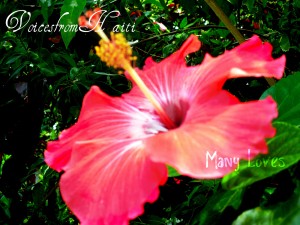 Many in the Dyaspora left Haiti at too young an age to have celebrated Valentine’s Day properly. At fourteen, sixteen, or even eighteen, parents did not allow their daughters to entertain certain. . .thoughts. There was no such thing as dating—certainly not the kind that goes on now. If you knew what was good for you, you did not utter the word boyfriend or girlfriend—unless you were certain your secret would be safe. If you were caught talking to a member of the opposite sex who was not a relative, there would be mountains of explaining to do. And still, love thrived.
Many in the Dyaspora left Haiti at too young an age to have celebrated Valentine’s Day properly. At fourteen, sixteen, or even eighteen, parents did not allow their daughters to entertain certain. . .thoughts. There was no such thing as dating—certainly not the kind that goes on now. If you knew what was good for you, you did not utter the word boyfriend or girlfriend—unless you were certain your secret would be safe. If you were caught talking to a member of the opposite sex who was not a relative, there would be mountains of explaining to do. And still, love thrived.
Elizabeth LaFrance said: “February 14th was a day for lovers to show their true colors: If you were involved in a romantic relationship (and you were happy about it), you wore something pink. If you were very happy, you wore red. If you were not taken but hoped to be, you wore the color green. If a boyfriend or girlfriend put your heart in a slingshot, you wore yellow. Yellow is for betrayal. Trayizon.”
A widower might wear a black or a white paper rose in his lapel. Depending on the situation, a widow wore a garland of red roses in her hair (and draped left-over flowers along the front porch).
Martine Vassor put it this way: “It didn’t matter how much money someone had. People celebrated love. Of course, we did. We do. Those who could buy breathtaking bouquets and chocolate for their betrothed flooded the stores. Others ‘borrowed’ blooms from nearby fields. Lovers ran far and fast to find one another.”
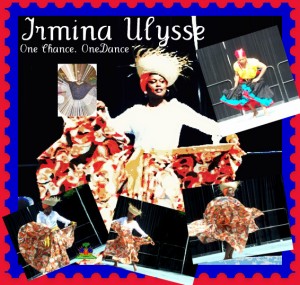
Love can make you run—in one direction or another.
Love can make you run.
Love can stop you from downloading that book, and make you run to a bookstore to hear your favorite author read. You’ll run to the music place for that new song, too. Wait, do they still have music stores? Okay. . . Love can light a fire under your feet, and take you to that kitchen for that one special dish. Love can put you inside that airplane and take you home. This time to stay. You don’t know love until you know Ayiti.
And there’s no App for that.
The original prenuptial agreements were carved on tree bark with two names inside carefully drawn hearts; arrows shot through those hearts, warning potential happiness-wreckers to watch their bones. Wi, malfezan, veye zo w!
She/He’s mine. Mine. Mine. Mine . . . Folk used that word then, and no one got offended. That’s just how it was. He/She’s mine. Mine. Mine. . . even before the preacher said: What God has joined together let no man put asunder.
Love: It’s 2012 and there is still no App for it.
Happy Valentine’s Day!
What’s on Jany Tonba’s Bookshelf
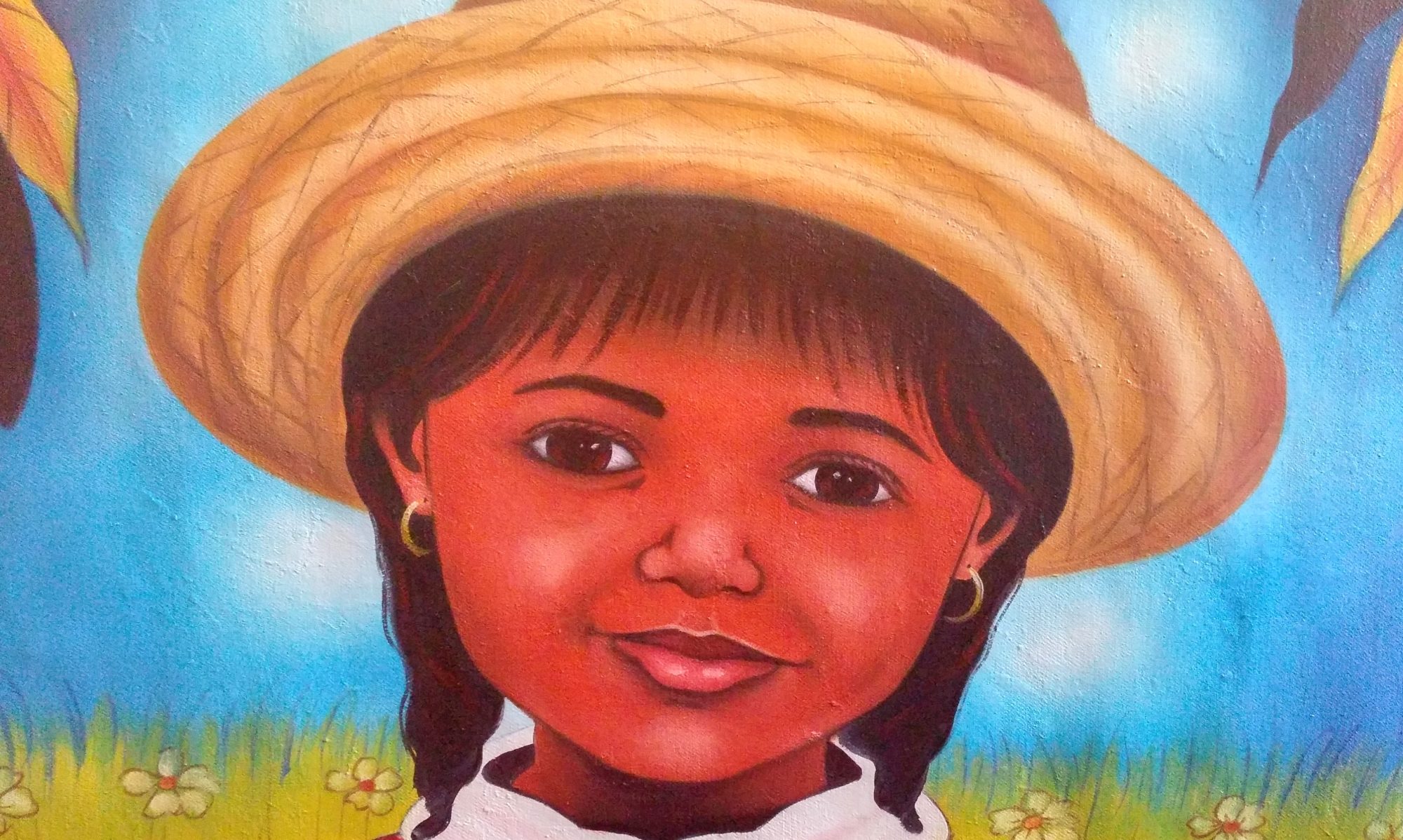
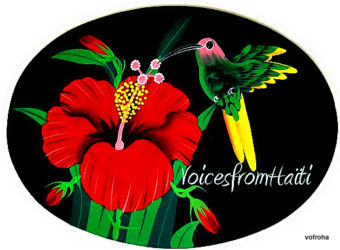
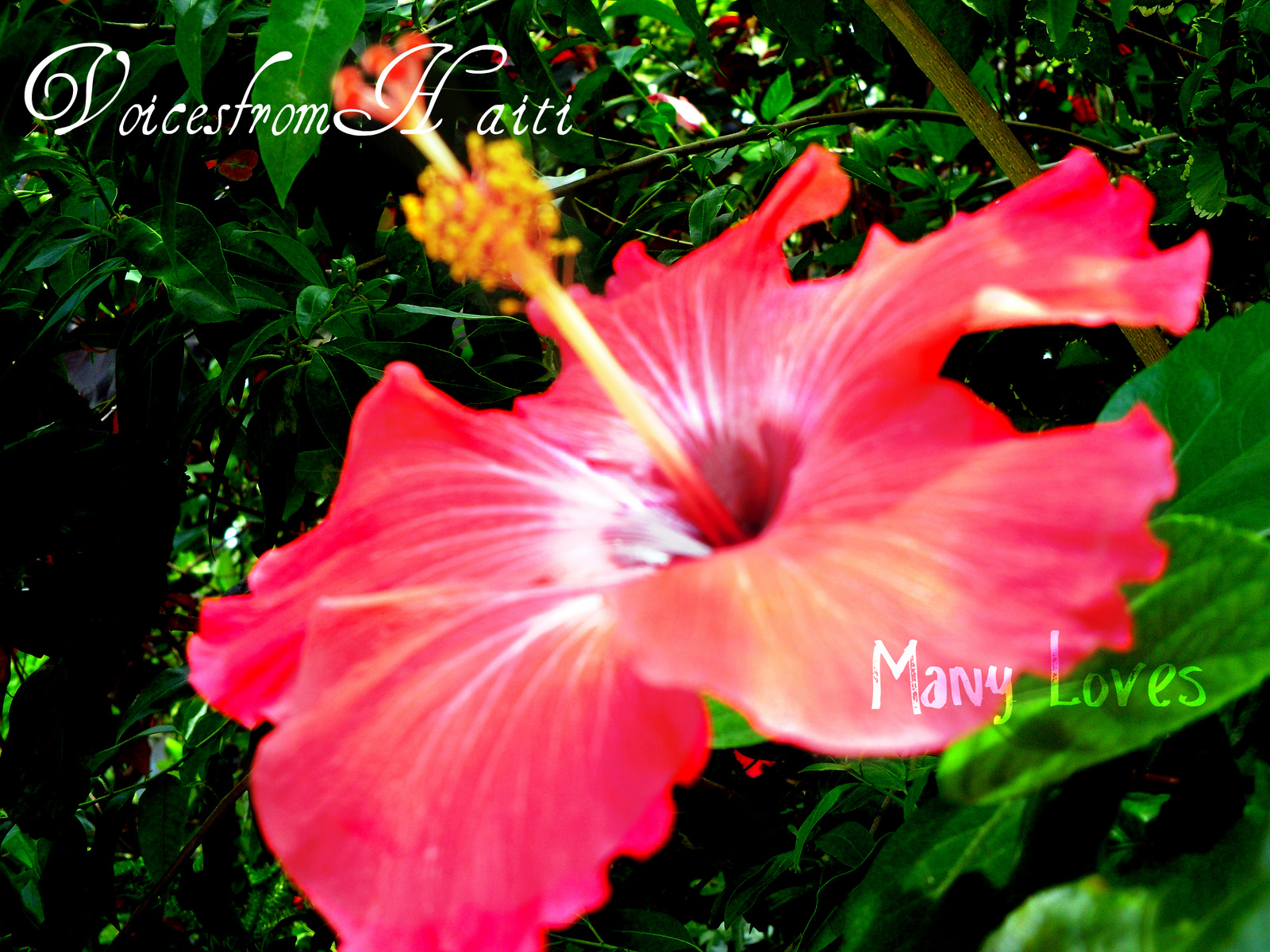

yes, so true that love thrives in all circumstances — even when forbidden! and i certainly remember hiding my teenage crushes from my dad. i knew what was good for me (and my crush!).
nice to learn about how valentine’s day was celebrated in haiti — i had no idea! very interesting.